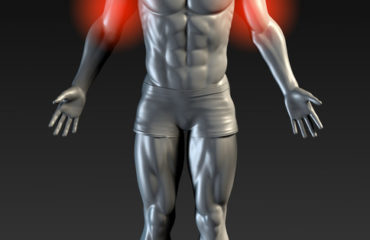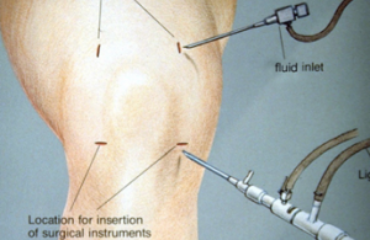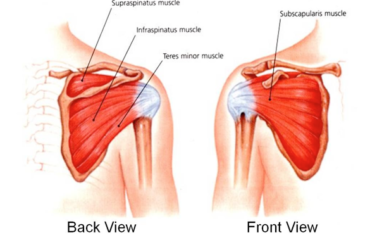A shoulder joint that is exposed to repetitive throwing activities is at risk of several injuries. This is common among certain sports such as baseball and cricket. The shoulder joint is formed by the convergence of three bones; the collar bone, the shoulder blade and the arm bone.
The head of the arm bone rests within a socket in the shoulder bone. The socket by itself is shallow and inadequate to house the head and is usually fortified by the labrum. This is a cartilaginous tissue that forms a rim around the socket conferring depth to it. The joint also acts as an anchor for various ligaments and tendons that form the arm muscles such as the biceps tendon. The balance of the shoulder joint is a result of the intricate balance of all the components: that is the muscles, the bones, tendons and ligaments.
Repeated throws at high speeds results in forces that keep the head of the humerus within the socket. Due to stress resulting from the repetitive movements of the shoulder joint, one of the aforementioned components may become damaged. This forces the remaining components to handle extra load so as to cater the deficit. As such, several throwing injuries can occur in an athlete, because any structure can be affected. Some of such injuries are outlined below.
A tear in the superior portion of the labrum is a common injury. The biceps tendon merges with this portion of the labrum within the joint capsule. A sudden and violent pull at the biceps tendon may put undue strain to the tissues of the labrum resulting in a tear. A labral injury may result in shoulder instability and due to increased ease with which the humerus head can slip out of the socket.
The rotator cuff is composed of four muscles namely the supraspinatus, the infraspinatus, the teres minor and the subscapularis. With repetitive use, there is a likelihood of these muscles getting inflamed resulting in rotator cuff tendinitis and they also become prone to tears. A patient may experience shoulder pain that worsens with use, and increases at night when the patient sleeps on the affected side. There is also a limited ability for overhead activities.
The biceps tendon may also affected by repetitive throws. This results in inflammation of the biceps tendon causing biceps tendinitis. Patients experience shoulder pain and decreased muscle strength. Sometimes, if sufficient force is present, the biceps tendon can snap which causes a sudden pain in the arm.
Sometimes, the tendons of the rotator cuff muscles can get caught within the glenoid socket resulting in impingement. This complication can injure both the tendons and the labrum. Throwing injuries do not spare the elbow joint either. Such motions cause stress to the muscles of the elbow joint and result in injuries such as olecranon stress fractures, flexor tendinitis among others.
Diagnosis of throw injuries is made through history, physical examination and investigations such as radiographs, CT and MRI. Treatment can be conservative or surgical. Usually, physical therapy is attempted first and may be helpful for pain relief and helping patients avoid surgery.
Dr. Adam Farber at Phoenix Shoulder and Knee is an expert in the treatment of throwing injuries. He is Board Certified and Fellowship Trained in sports medicine.



